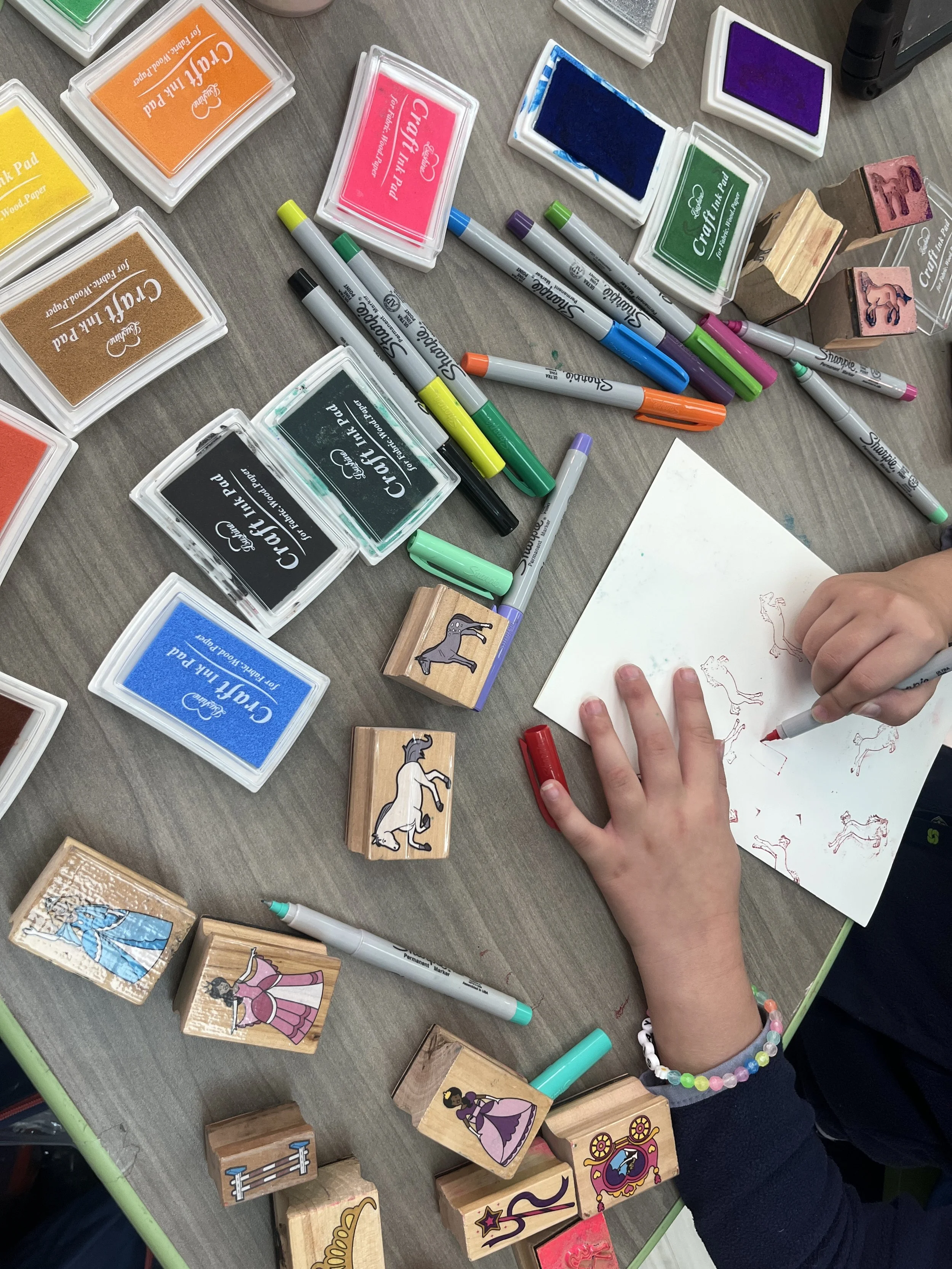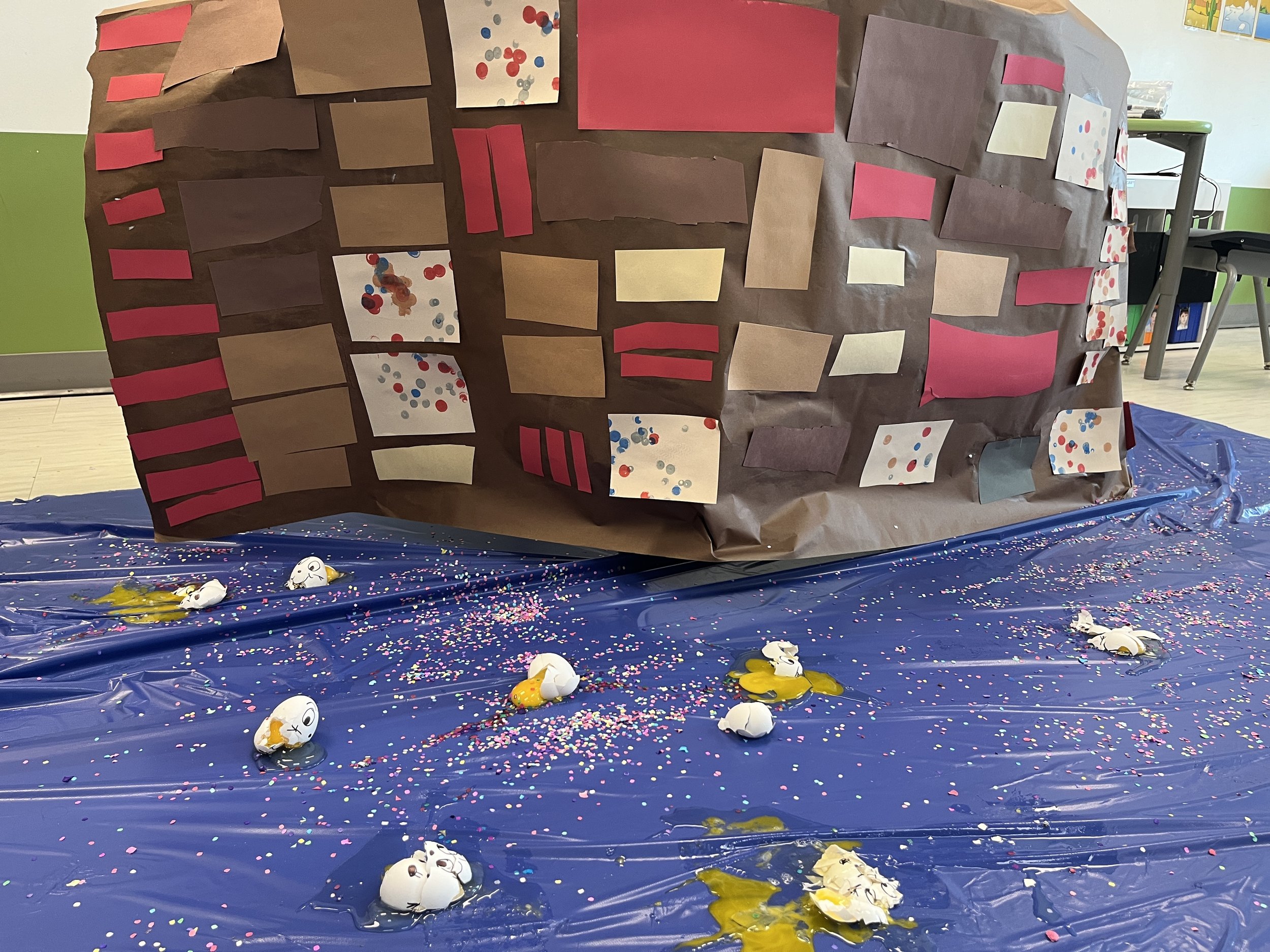Anticipate and Reduce Barriers
One of the most influential things I did in preparation for this school year was read Liz Byron’s Art for All: Planning for Variability in the Visual Arts Classroom. It’s an incredibly short & digestible book that provides classroom-ready advice on how teachers can transform their practice in sustainable ways with Universal Design for Learning (UDL). One powerful statement from this summer read really stuck with me and recalibrated the way I lesson plan: “When a student is struggling with the content or behavior, remind yourself that the barrier is in the content, curriculum, or environment–not within the student.” (Byron, 2018).
Students are not barriers. This has become my teaching artist mantra for the school year. Embracing this mindset led me to create a new UDL inspired lesson plan template for my residency that explicitly addresses anticipated barriers. The majority of my time lesson planning is spent figuring out with my coteachers what methods and materials will provide the most engaging and autonomous activities for each of the young people we work with. We acknowledge that success for each student looks different, and we make decisions that prioritize appropriate levels of student choice and independence.
Our lessons created some messes in the classroom, like exploring story sequencing of humpty dumpty with stagecraft. We constructed a brick wall and dropped real eggs and easter eggs filled with confetti.
Trying to predict barriers has still managed to create some flops. Doing a found word poem along with collaging complimentary images was too many steps for one session! Byron reminds us that disengagement is inevitable, but that what matters is how we respond to disengagement. The co-teacher and I immediately reflected that activities with too many moving parts were frustrating for students, because it made them feel like they couldn’t keep up. We are careful to create lessons that anyone could jump in at any time and feel successful.
Mostly, catering to student needs results in lots of joy. We were attentive and giggled as we made a collaborative sculpture of a campfire in class, where we sat around and told spooky stories (stories that had a plot, developed characters, and a wild sequence of events).
I’m committed to reading more books and articles that inform my daily practice as a teaching artist. My colleague and I are holding each other accountable with a disability justice book club. Future books we have on our list are:
Disability Visibility: First-Person Stories from the Twenty-First Century, edited by Alice Wong
Care Work: Dreaming Disability Justice, Leah Lakshmi Piepzna-Samarasinha
Crip Kinship: The Disability Justice & Art Activism os Sins Invalid, by Shayda Kafai.






